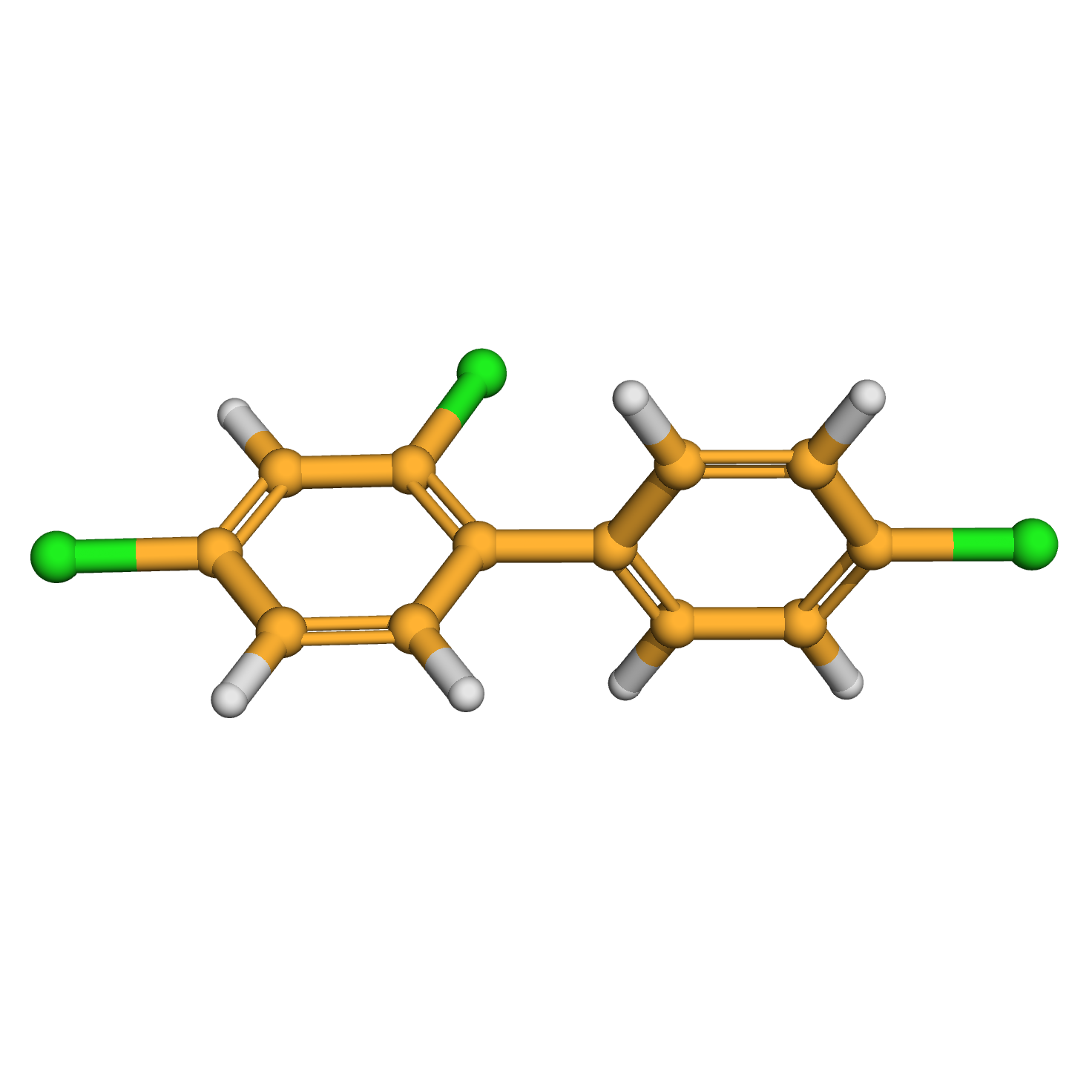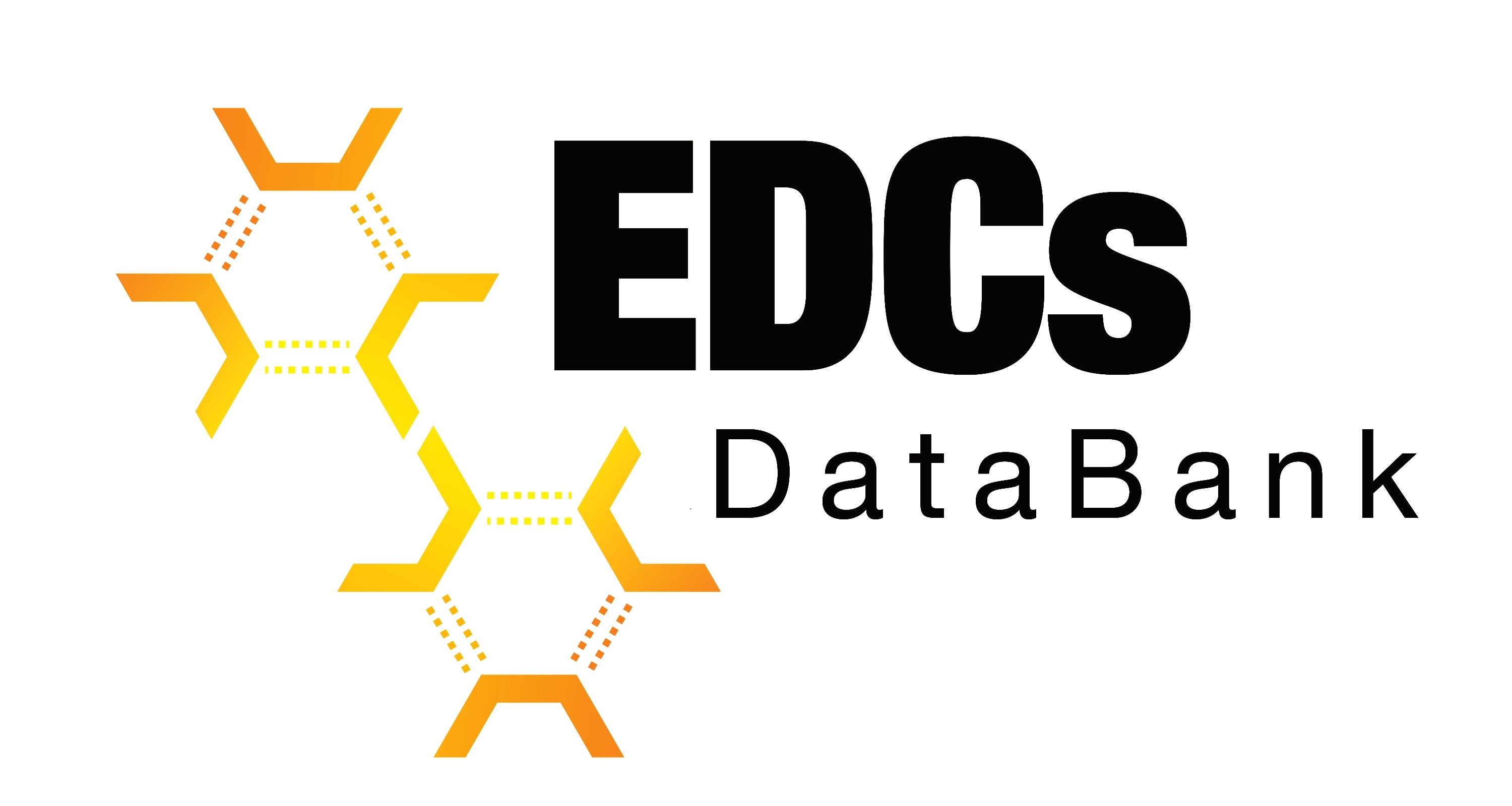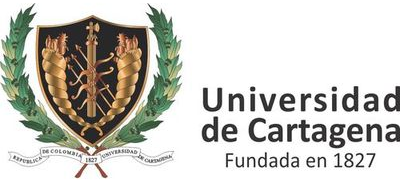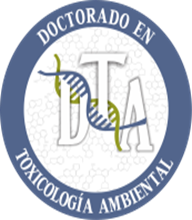2,4,4'-trichlorobiphenyl
Synonyms: "PCB 28", "4,2',4'-trichlorobiphenyl"
Source: 2,4,4'-trichlorobiphenyl is a member of the polychlorinated biphenyl (PCB), a group of industrial chemicals used as dielectrics, coolants and lubricants in electrical equipment. PCBs contaminate water by leaching from landfills or other waste deposits.
Identifiers:
IUPAC Name: 2,2-dioxo-3-propan-2-yl-1H-2?6,1,3-benzothiadiazin-4-one
CAS Number: 7012-37-5
PubChem ID: 23448
InChiKey: BZTYNSQSZHARAZ-UHFFFAOYSA-N
Canonical SMILES: C1=CC(=CC=C1C2=C(C=C(C=C2)Cl)Cl)Cl
Structural Properties:
Molecular Formula: C12H7Cl3
Molecular Weight: 257.543
Pharmacophore Features:
Number of bond donors: 0
Number of bond acceptors: 0
Number of atoms different from hydrogen: 15
Downloads
2D structure (.sdf)
3D structure (.sdf)
3D structure (.mol2)
3D structure (.pdb)
3D structure (.pdbqt)
Search Similar molecules
Evidence Supporting This Chemical as an Endocrine Disruptor
TEDX List of Potential Endocrine Disruptors

Chu I, Villeneuve DC, Yagminas A, Lecavalier P, Poon R, Hakansson H, Ahlborg UG, Valli VE, Kennedy SW, Bergman A, Seegal RF, Feeley M. 1996. Toxicity of 2,4,4'-trichlorobiphenyl in rats following 90-day dietary exposure. J Toxicol Environ Health 49(3):301-318.
Ness DK, Schantz SL, Moshtaghian J, Hansen LG. 1993. Effects of perinatal exposure to specific to PCB congeners on thyroid hormone concentrations and thyroid histology in the rat. Toxicol Lett 68(3):311-323.
Schantz SL, Seo B-W, Moshtaghian J, Amin S. 1997. Developmental exposure to polychlorinated biphenyls or dioxin: do changes in thyroid function mediate effects on spatial learning? Am Zool 37(4):399-408.
External Links

2D-structure
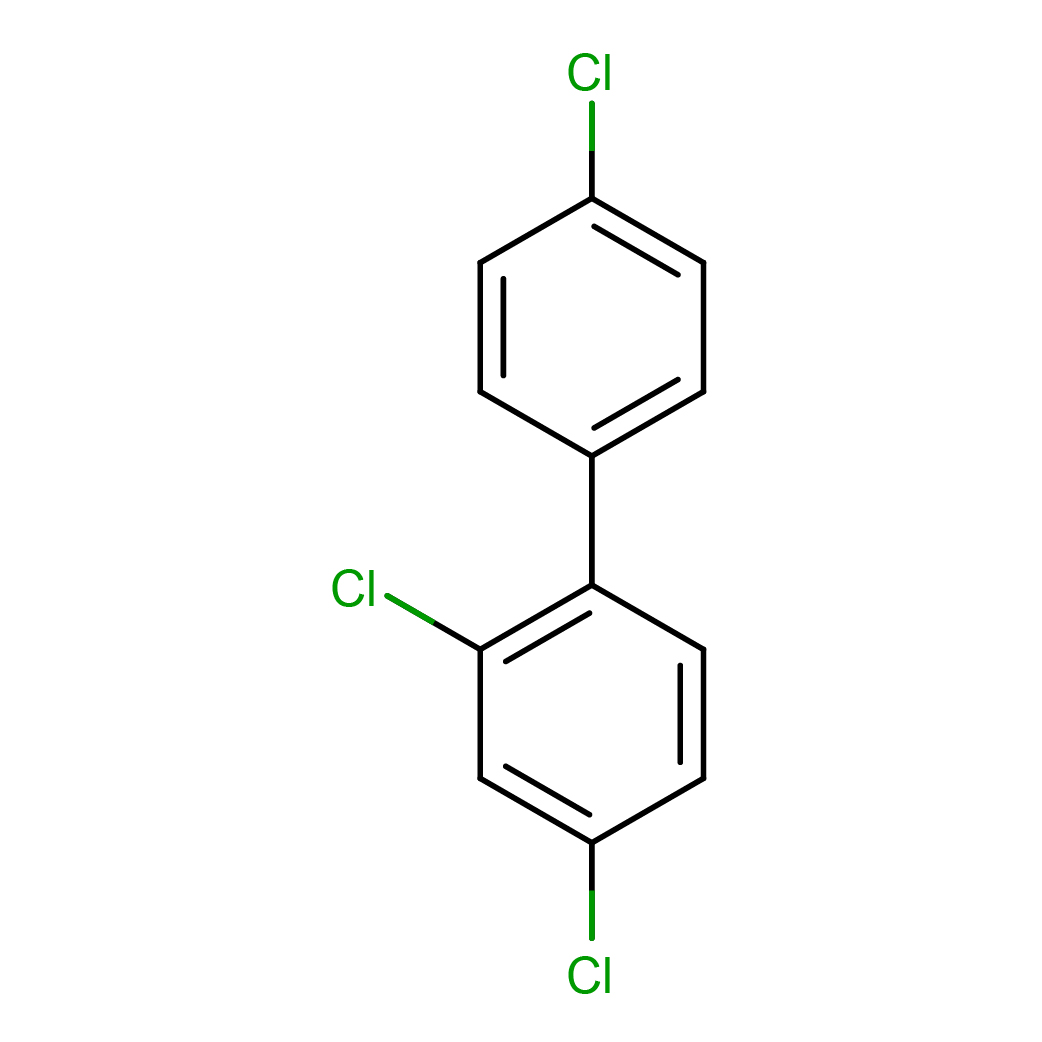
3D-structure
